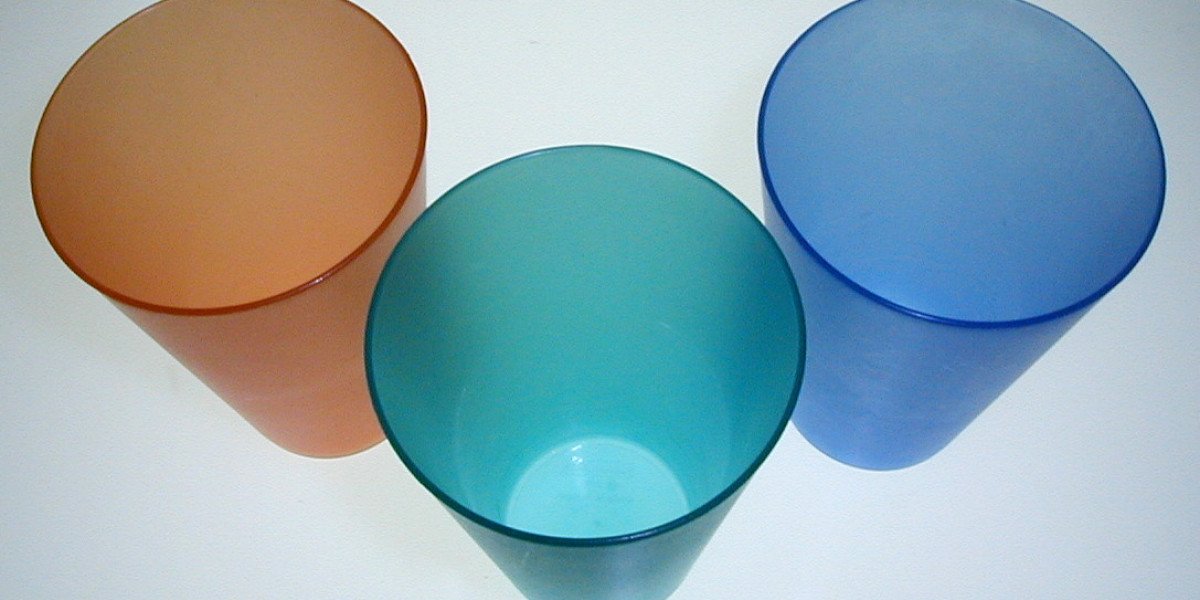KPV Peptide – A Researcher’s Guide to Its Role in Inflammation and http://pattern-wiki.win/index.php?title=matthewsdickerson8251 Healing
Researchers studying KPV often focus on its capacity to bind to the FPR2/ALX receptor, a G-protein coupled receptor that regulates neutrophil recruitment and activation. By acting as an agonist at this site, KPV can shift immune cells from a pro-inflammatory phenotype toward an anti-inflammatory or resolving state. In preclinical models of acute lung injury, for example, intratracheal administration of KPV reduced neutrophil infiltration and lowered levels of tumor necrosis factor alpha and interleukin-6 in bronchoalveolar lavage fluid. Similar effects have been observed in skin wound healing assays, where topical application of KPV accelerated reepithelialization and decreased scar formation.
Beyond its receptor-mediated actions, KPV has been shown to interfere with the activity of matrix metalloproteinases, enzymes that break down extracellular matrix components during inflammation. By inhibiting these proteases, the peptide helps preserve tissue architecture and promotes a more orderly repair process. In models of inflammatory bowel disease, oral delivery of KPV attenuated mucosal damage and restored barrier integrity, suggesting potential therapeutic applications for chronic gut disorders.
What Is KPV Peptide?
KPV is derived from the human alpha-1 antitrypsin protein and has been isolated through peptide library screening for anti-inflammatory activity. Its tripeptide structure gives it high stability in biological fluids, making it resistant to proteolytic degradation. This property allows for prolonged activity when delivered systemically or locally. The peptide can be synthesized chemically with high purity, enabling reproducible dosing in experimental studies.
Key Properties of KPV Peptide:
- Anti-inflammatory signaling: KPV activates the FPR2/ALX receptor, leading to reduced production of pro-inflammatory cytokines and chemokines.
- Modulation of neutrophil function: It limits excessive degranulation and reactive oxygen species release from activated neutrophils.
- Protease inhibition: The peptide can suppress matrix metalloproteinases, thereby protecting extracellular matrix components during inflammation.
- Tissue protection and repair: By dampening inflammatory cascades, KPV supports cellular regeneration and reduces fibrotic remodeling in damaged tissues.
- Stability and bioavailability: Its short length confers resistance to enzymatic breakdown, allowing for effective systemic or topical administration without rapid clearance.
- Low immunogenicity: Because it is a naturally occurring human peptide fragment, KPV is unlikely to provoke an immune response when used therapeutically.








